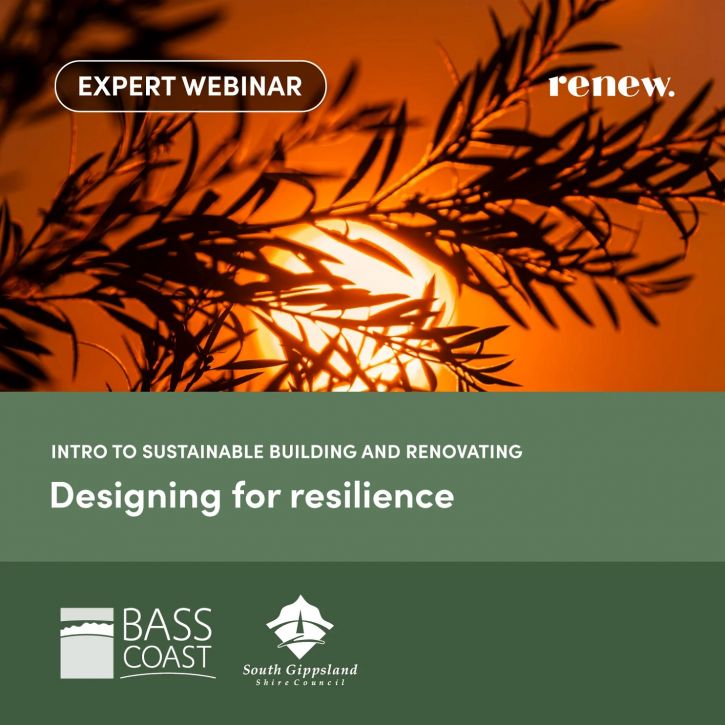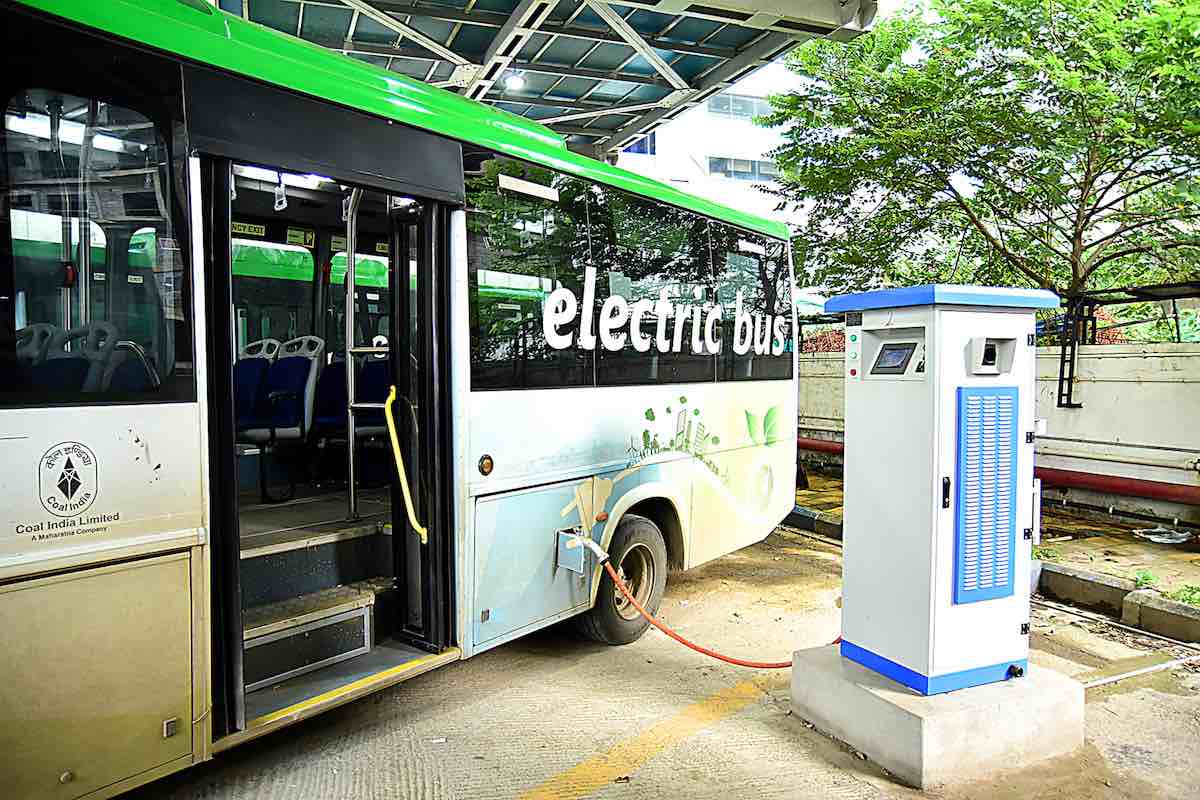A Framework For Building Resilience And Achieving Sustainable Development In LDCs

Table of Contents
Least Developed Countries (LDCs) face unique challenges in achieving sustainable development, hampered by vulnerability to shocks like climate change, economic instability, and conflict, and limited capacity for effective response. Building resilience is paramount to overcoming these hurdles and ensuring long-term progress. This article presents a comprehensive framework for fostering resilience and driving sustainable development in LDCs, focusing on key strategies and actionable steps. We will explore how strengthening institutions, investing wisely, adapting to climate change, and promoting inclusivity are crucial for a sustainable future in these nations.
<h2>Strengthening Institutional Capacity and Governance</h2>
Strong institutions and good governance are cornerstones of sustainable development in LDCs. Without them, even the best-intentioned development initiatives can falter.
<h3>Good Governance and Transparency</h3>
Establishing transparent and accountable institutions is critical. This involves reducing corruption, promoting the rule of law, and enhancing public trust. Key steps include:
- Strengthening anti-corruption measures: Implementing robust anti-corruption laws and agencies, coupled with effective enforcement mechanisms. This includes promoting whistleblower protection and asset recovery initiatives.
- Promoting open government initiatives: Enhancing transparency and public access to information through online platforms and proactive disclosure of government data. This fosters accountability and citizen participation.
- Enhancing judicial independence: Ensuring the judiciary is free from political influence, enabling fair and impartial administration of justice. This strengthens the rule of law and protects citizens' rights.
- Improving public financial management: Implementing transparent and efficient systems for managing public funds, including budget transparency, auditing mechanisms, and effective internal controls. This reduces the risk of corruption and ensures resources are used effectively.
<h3>Capacity Building and Human Capital Development</h3>
Investing in human capital is fundamental to long-term sustainable development in LDCs. A healthy, educated, and skilled workforce is crucial for economic growth and resilience. This requires:
- Targeted training programs for specific sectors: Developing tailored training programs that address the skills gaps in key sectors, such as agriculture, technology, and tourism, to improve productivity and competitiveness.
- Scholarships and educational opportunities: Increasing access to quality education at all levels, from primary to higher education, through scholarships, bursaries, and improved educational infrastructure.
- Improved healthcare access: Expanding access to quality healthcare services, including preventive care, maternal and child health services, and disease control programs. A healthy population is a productive population.
- Promoting digital literacy: Equipping the population with digital skills to participate in the digital economy and access information and services. This is particularly crucial in today's interconnected world.
<h2>Investing in Infrastructure and Diversifying Economies</h2>
Economic diversification and robust infrastructure are essential for building resilience and achieving sustainable development in LDCs. Over-reliance on a few commodities leaves these nations vulnerable to global price fluctuations.
<h3>Sustainable Infrastructure Development</h3>
Investing in resilient infrastructure is paramount. This means prioritizing projects that can withstand climate change impacts and other shocks:
- Climate-resilient infrastructure projects: Designing and building infrastructure that can withstand extreme weather events, such as floods, droughts, and storms. This includes using climate-resistant materials and incorporating climate change projections into infrastructure planning.
- Investments in renewable energy sources: Transitioning to renewable energy sources, such as solar, wind, and hydro power, to reduce reliance on fossil fuels and improve energy security.
- Improved transportation networks: Developing efficient and reliable transportation networks, including roads, railways, and ports, to facilitate trade and economic activity.
- Water resource management: Implementing sustainable water management practices to ensure access to clean water for drinking, irrigation, and sanitation.
<h3>Economic Diversification and Value Chain Development</h3>
Moving beyond reliance on a few primary commodities requires fostering diversification across multiple sectors:
- Supporting small and medium-sized enterprises (SMEs): Providing SMEs with access to finance, training, and markets to encourage entrepreneurship and job creation. SMEs are the backbone of many economies.
- Promoting value-added agriculture: Moving beyond simple agricultural production to value-added activities, such as processing and packaging, to increase income and create more jobs.
- Developing tourism: Promoting sustainable tourism as a source of economic growth and employment, while protecting the environment and local culture.
- Investing in technology and innovation: Encouraging technological innovation and adoption to improve productivity and competitiveness in various sectors.
<h2>Enhancing Climate Change Resilience and Disaster Risk Reduction</h2>
LDCs are disproportionately vulnerable to the impacts of climate change. Building resilience to these impacts is crucial for sustainable development.
<h3>Climate Change Adaptation and Mitigation</h3>
Strategies for both adapting to the impacts of climate change and mitigating future emissions are vital:
- Investing in climate-smart agriculture: Implementing agricultural practices that are resilient to climate change impacts, such as drought-resistant crops and efficient irrigation techniques.
- Developing early warning systems: Establishing effective early warning systems for extreme weather events to enable timely responses and minimize damage.
- Promoting climate-resilient infrastructure: Building infrastructure that can withstand the impacts of climate change, as discussed previously.
- Reducing deforestation: Protecting forests to enhance carbon sequestration and biodiversity.
<h3>Disaster Risk Reduction and Preparedness</h3>
Building capacity to manage and respond to natural disasters is essential:
- Developing disaster preparedness plans: Creating comprehensive disaster preparedness plans that outline evacuation routes, emergency response procedures, and communication strategies.
- Investing in early warning systems: As mentioned above, early warning systems are critical for disaster preparedness.
- Strengthening emergency response mechanisms: Ensuring that emergency response teams are well-trained and equipped to respond effectively to disasters.
- Community-based disaster risk reduction: Empowering communities to participate in disaster risk reduction efforts, including preparedness planning and response.
<h2>Fostering Inclusive and Equitable Development</h2>
Inclusive and equitable development ensures that the benefits of growth reach all segments of society.
<h3>Reducing Poverty and Inequality</h3>
Addressing poverty and inequality is essential for achieving sustainable development in LDCs:
- Social safety nets: Implementing social protection programs, such as cash transfers and food assistance, to protect vulnerable populations from economic shocks.
- Targeted poverty reduction programs: Designing and implementing poverty reduction programs that address the specific needs of different groups, such as women, children, and marginalized communities.
- Promoting gender equality: Empowering women and girls through education, economic opportunities, and access to healthcare.
- Empowering marginalized groups: Addressing the specific needs of marginalized groups, such as ethnic minorities and people with disabilities, to ensure their inclusion in development processes.
<h3>Promoting Social Inclusion and Participation</h3>
Ensuring that all groups have a voice in decision-making is crucial:
- Participatory development approaches: Engaging communities in the planning and implementation of development projects to ensure their needs are met.
- Promoting inclusivity in governance: Ensuring that all groups are represented in governance structures and decision-making processes.
- Addressing discrimination and marginalization: Implementing policies and programs to address discrimination and marginalization based on gender, ethnicity, religion, or other factors.
<h2>Conclusion</h2>
Building resilience and achieving sustainable development in LDCs requires a holistic and integrated approach that addresses institutional capacity, economic diversification, climate change adaptation and mitigation, and social inclusion. By implementing the framework outlined above, LDCs can create a pathway towards sustainable and resilient growth. The journey towards sustainable development in LDCs demands continued commitment, investment, and strong international collaboration. Let's work together to build a more resilient and prosperous future for these nations by prioritizing sustainable development in LDCs and investing in their long-term success.

Featured Posts
-
 Cem Karaca Bati Ve Anadolu Muezigi Karisimi Ve Doeneme Etkisi
May 07, 2025
Cem Karaca Bati Ve Anadolu Muezigi Karisimi Ve Doeneme Etkisi
May 07, 2025 -
 Eyd Mylad Jaky Shan Wyl Smyth Yhtfl Balrqs Walghnae Waldhk
May 07, 2025
Eyd Mylad Jaky Shan Wyl Smyth Yhtfl Balrqs Walghnae Waldhk
May 07, 2025 -
 Electric Buses In Europe Hydrogen Vs Battery Technology
May 07, 2025
Electric Buses In Europe Hydrogen Vs Battery Technology
May 07, 2025 -
 Isabela Merced Hawkgirl Role A Big Improvement Over Madame Web
May 07, 2025
Isabela Merced Hawkgirl Role A Big Improvement Over Madame Web
May 07, 2025 -
 Pocivaj V Miru Spomin Na Ljubljenega
May 07, 2025
Pocivaj V Miru Spomin Na Ljubljenega
May 07, 2025
Latest Posts
-
 The Night Counting Crows Changed Their Saturday Night Live Performance
May 08, 2025
The Night Counting Crows Changed Their Saturday Night Live Performance
May 08, 2025 -
 Saturday Night Live And Counting Crows A Career Defining Moment
May 08, 2025
Saturday Night Live And Counting Crows A Career Defining Moment
May 08, 2025 -
 The Night Counting Crows Changed Their Trajectory On Saturday Night Live
May 08, 2025
The Night Counting Crows Changed Their Trajectory On Saturday Night Live
May 08, 2025 -
 How Saturday Night Live Launched Counting Crows To Success
May 08, 2025
How Saturday Night Live Launched Counting Crows To Success
May 08, 2025 -
 How Saturday Night Live Launched Counting Crows To Mainstream Fame 1995
May 08, 2025
How Saturday Night Live Launched Counting Crows To Mainstream Fame 1995
May 08, 2025
